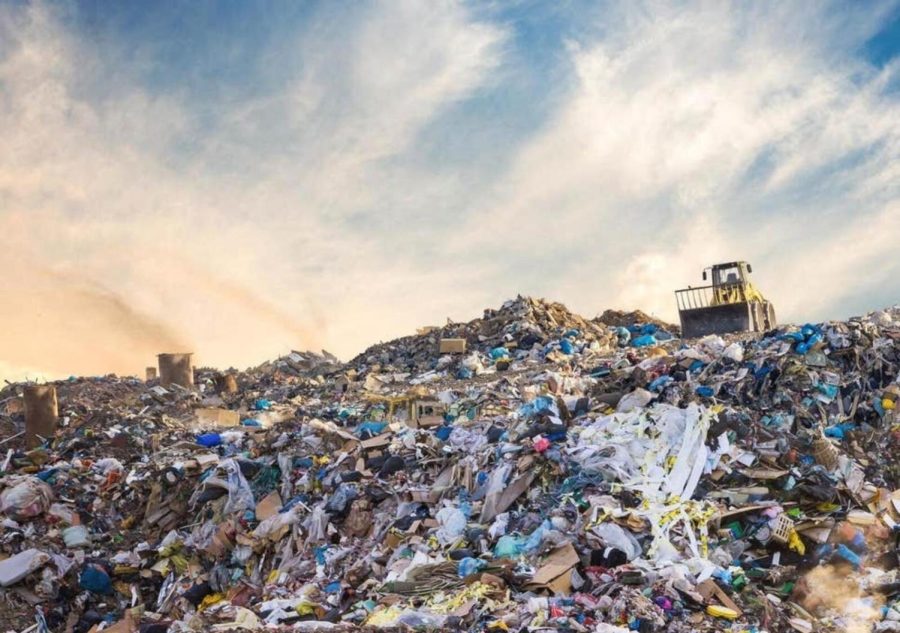Teens Are Addicted To Fast Fashion And It’s A Problem
Fast fashion is taking the world by storm, primarily due to its appeal and marketing toward teenagers. Gen-Z has come of age in a world dominated by the internet and social media. This has ultimately led to pressure to appear “perfect” and “cool” at all times, and keeping up with the latest trends can help us do that. This is where fast fashion comes into play.
The term “fast fashion” seems fairly new, but has been around since the early 2000s. It refers to the industry of fashion that makes on-trend clothes extremely fast, using cheap, low-quality materials. Due to the pandemic, online stores like Shein have been on the rise as well. These brands are referred to as ultra-fast fashion and tend to offer around 1000 new items a day. 86% of teens surveyed at Prairie High School are aware of fast fashion and fast fashion brands, the most common ones mentioned being H&M, Zara, and Forever 21.
Fast fashion brands give people access to the clothes that they see on their social media feeds for a much cheaper price. Teens can look like the influencers and celebrities that they look up to. “I don’t have a stable income, so it was just easier to buy clothes from fast fashion brands,” said Ruby Morningstar, a senior at Prairie High School. The overall affordability and accessibility that fast fashion provides is the main reasons that teens are becoming addicted to it.
Although these brands may seem like great options for teens, the effects that fast fashion has are horrific. The fashion industry is already one of the earth’s largest polluting industries, and fast fashion’s use of microplastics, harmful chemicals, and toxic dyes isn’t helping. The poor quality of these clothes also leads to a majority of them being thrown out. Not only does fast fashion have terrible effects on the environment, but most fast fashion workers work in dangerous conditions with low wages and no rights, primarily in Asia.
Many teens are beginning to learn about the effects of fast fashion and why it can be problematic to support. “I believe in sustainability and protecting the environment, but I could definitely be more conscious about what I buy,” said Olivia Fahndrich, a freshman at Prairie High School. However, it can be hard to avoid fast fashion when many sustainably made clothing brands are more expensive. Shopping second-hand and thrifting have become more popular with the rise of teens educating themselves and can be a great way to get affordable clothes sustainably. “I love thrifting, almost all of my clothes are from Goodwill now,” said Claire Smith, a junior at Prairie High School.
Because fast fashion is unethical, another affordable option is thrifting and upcycling. There are several options for shopping that don’t have to include buying from fast fashion websites and stores, that are ethical, and don’t harm the environment.








